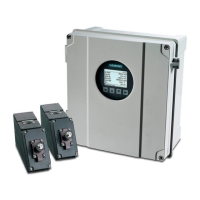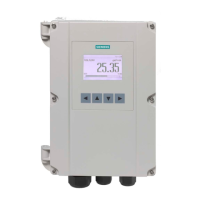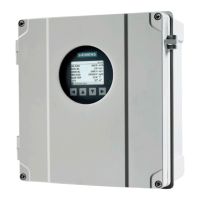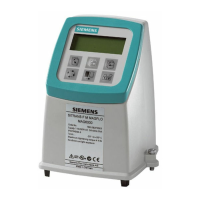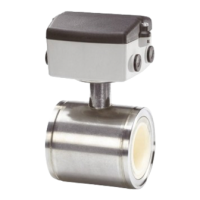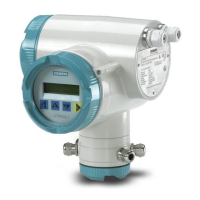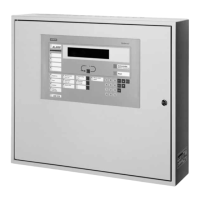7
76 | 242
7.1.8 Connection factors of the FDnet devices
Determine the following values for each ↑ loop and each ↑ stub:
● Address connection factor AK
● ↑ Quiescent current connection factor RK
● ↑ Maximum current connection factor MK
Address connection factor (AK)
The address connection factor defines the number of addresses which are
occupied by a ↑ detector line device.
● All detector line devices that are directly connected to the detector line have
one address (AK = 1).
● The sounder base FDSB291 is not directly connected to the detector line but to
the port for the external alarm indicator. Therefore, it has no address on the
detector line (AK = 0).
● ↑ External alarm indicators do not have an address on the detector line
(AK = 0) either.
↑ Quiescent current connection factor (RK)
The quiescent current connection factor is a factor for the load of a ↑ detector line
device when quiescent.
● The quiescent current connection factor does not have any influence on the
detector line calculation. It is only required for the calculation of the power
supply.
● Controls inversely actuated by a detector such as locking systems must be
taken into account with a quiescent current connection factor of 1 in quiescent
condition.
↑ Maximum current connection factor (MK)
The maximum current connection factor is a factor for the power load of a
↑ detector line device in case of an alarm. It is used to determine the electric load
of the ↑ line card.
Determine the maximum current connection factor (MK) and the quiescent current
connection factor (RK) with the aid of the table below or the ↑ outline quantities
tool FX2010.
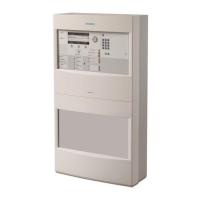
